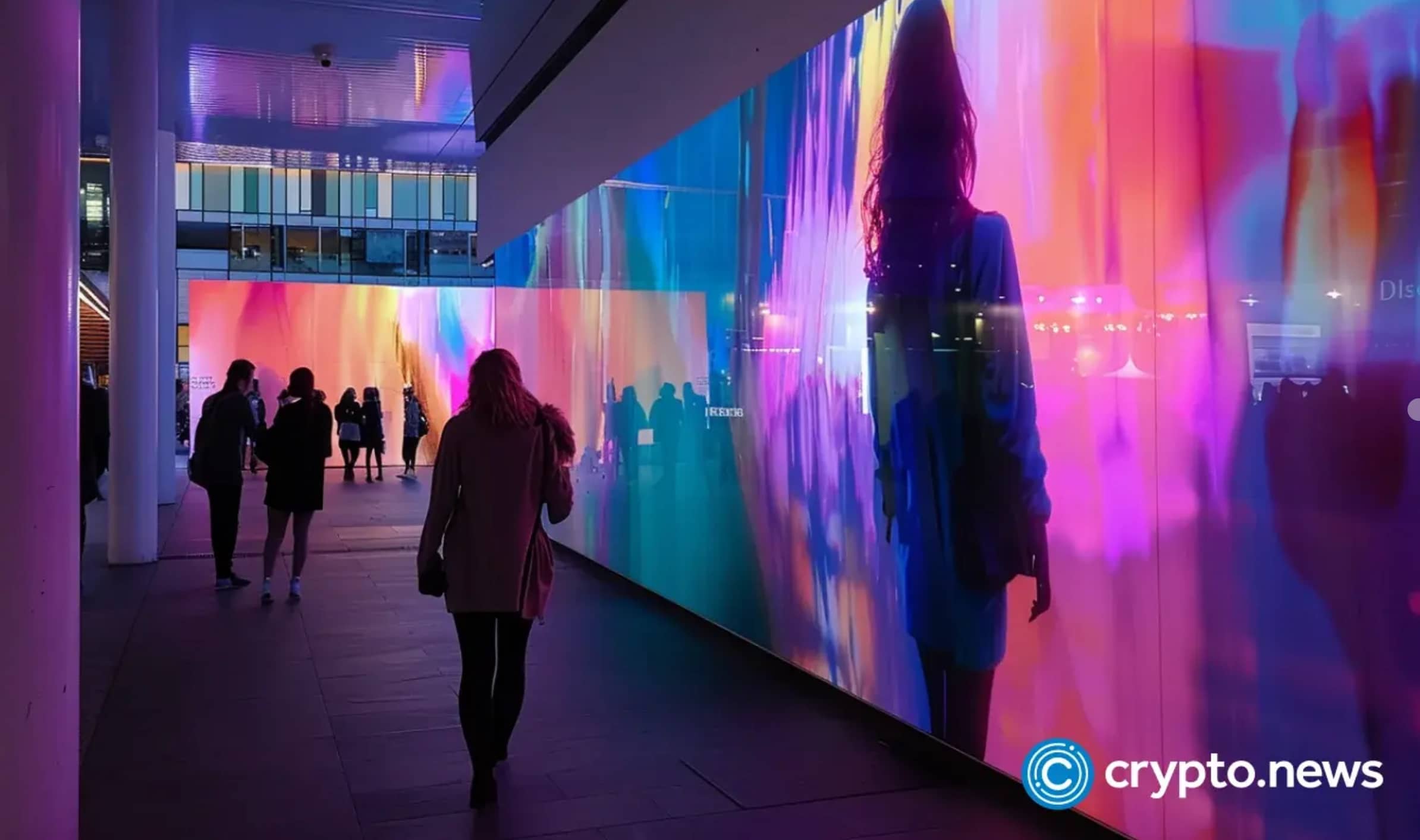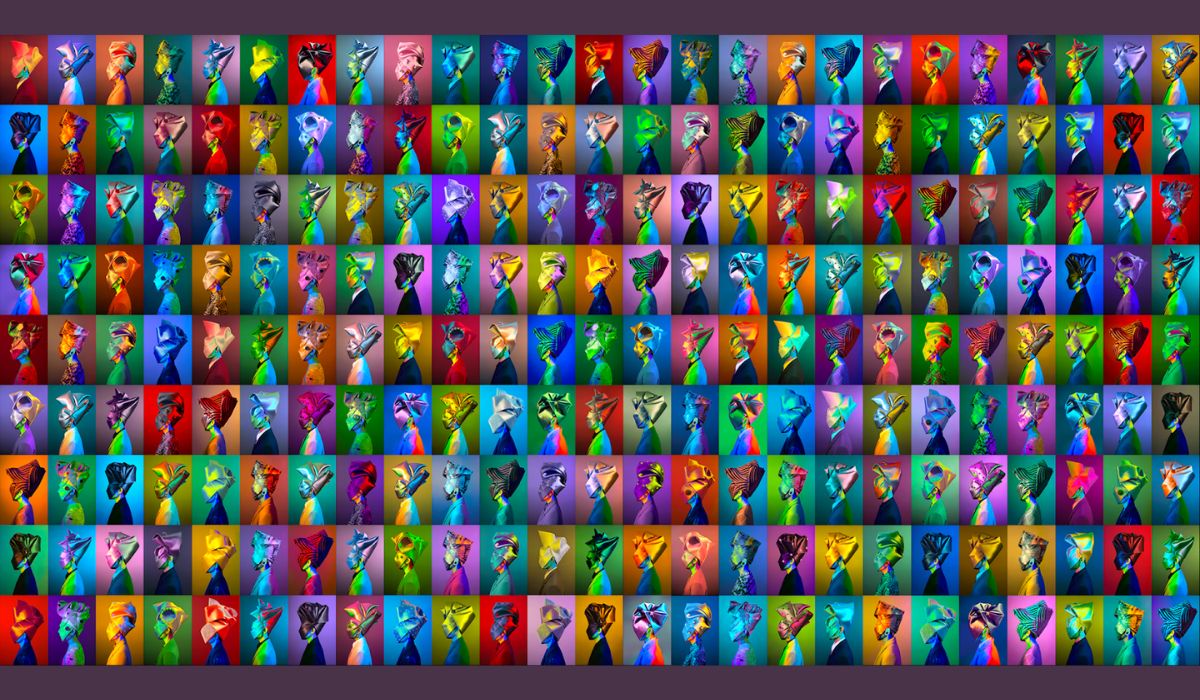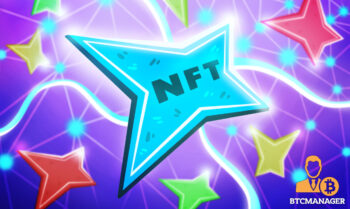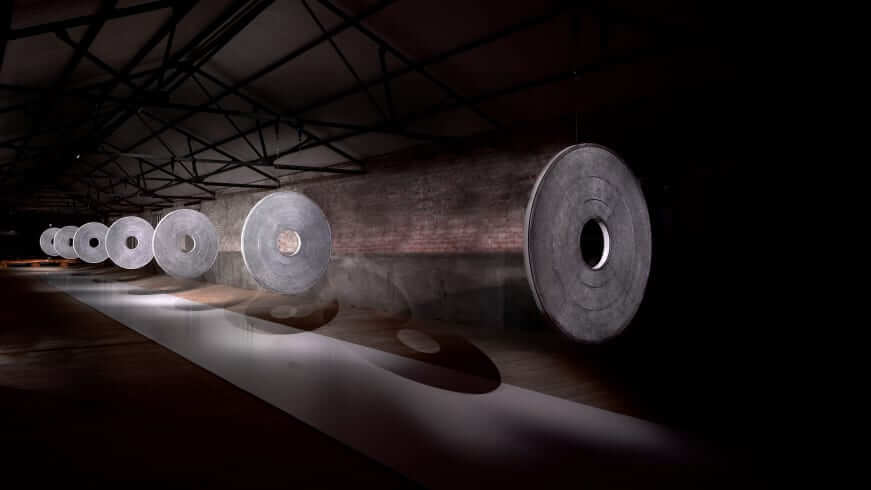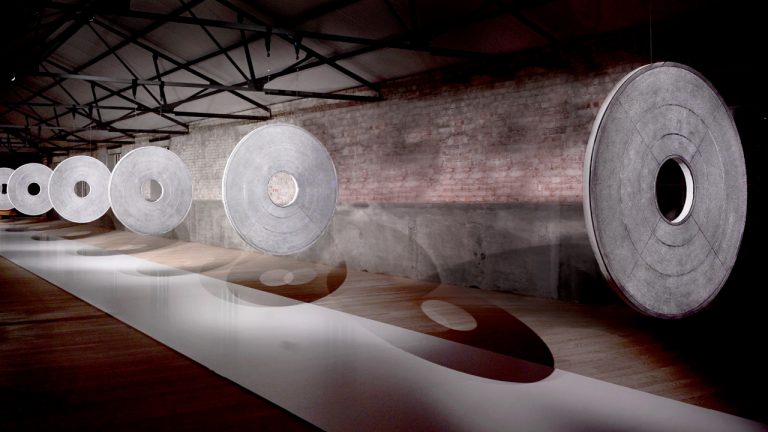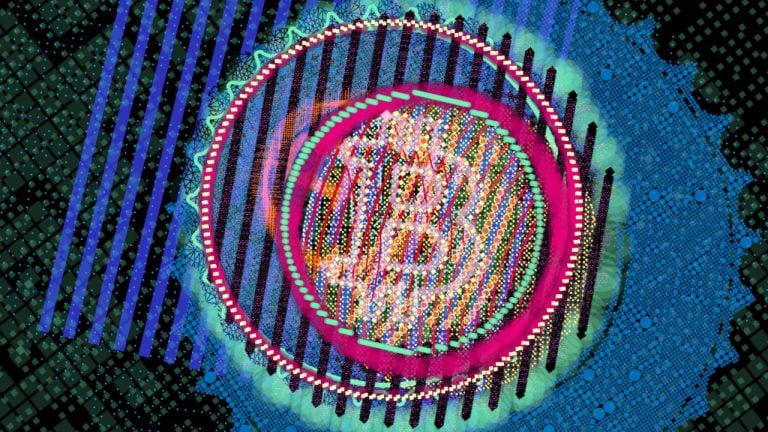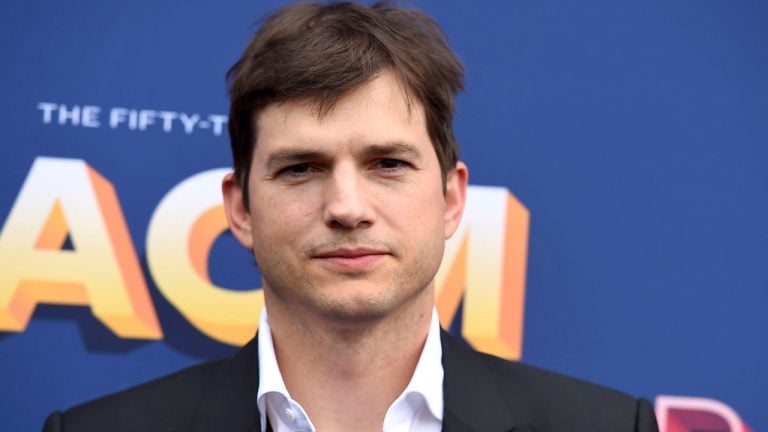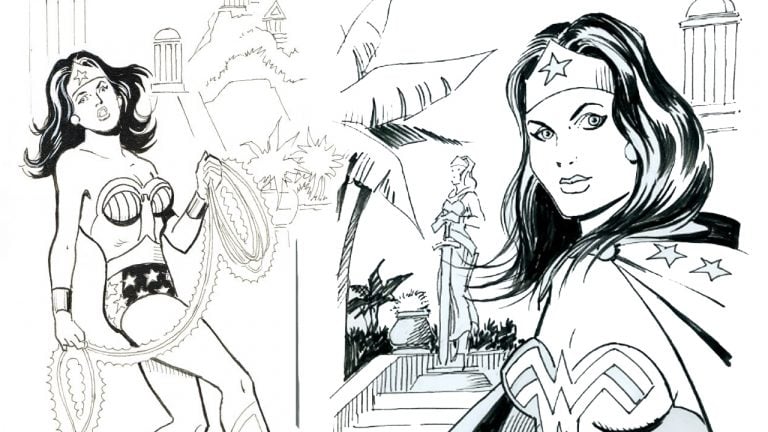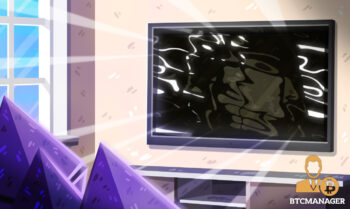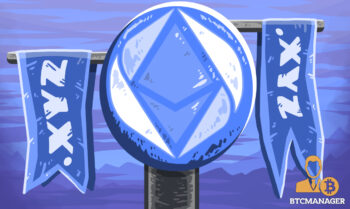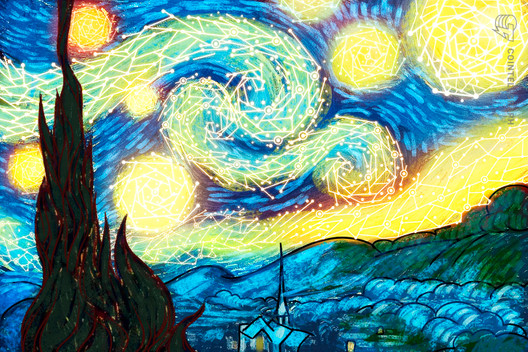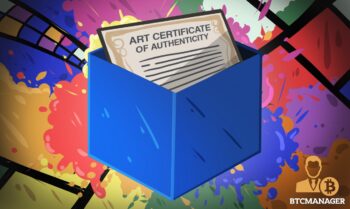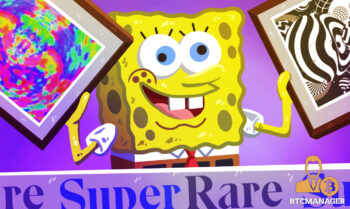2021-8-23 18:00 |
BeinCrypto spoke to Georg Bak, Digital Art Advisor. He discussed the rise of the non-fungible token (NFT) and where this is taking the art world.
It’s over halfway through 2021, and the biggest boom in tokenization, NFTs, have shown little sign of diminishing in popularity.
NFTs are not new. However, they burst onto the scene this year. This happened especially as digital artists noticed this novel way to sell and assign value to their artwork.
However, while many people only heard the term NFT this year, digital art advisor Georg Bak had already had years in this game.
“I got into crypto or NFTs around 2018 was while I was actually, I was aware of Crypto Kitties and CryptoPunks, and red peppers, all these early projects,” he says.
“I was fascinated by these new possibilities in art, especially when ERC 721 token standard for Ethereum blockchain came up, I simply knew that this is going to be a game-changer for collectibles and art.”
What NFTs bring to the art worldAfter watching the rise of the tokenization of art, Bak sees the benefits this brings to both artists and collectors.
“There is clear proof of ownership. You can limit your works. So, you can also sell, for example, unique digital artwork. It’s also very easy to trade mean comparing it to the nontraditional artwork art world, where you were selling your artworks, through a gallery exhibition or an art fair, a very lengthy process,” he explains.
According to Bak, NFTs cut through the red tape of traditional art, such as the physical space to exhibit, shipment of the work, and possibly customs restrictions.
“Then there’s also the question of authenticity if you buy something, which is like an older artwork, maybe from the 19th century or early 20th century. So, this whole thing, provenance authenticity, handling of the artwork, trading your work is so much easier with NFTs and I think that’s a really the big game-changer.”
Bringing liquidity to artThe traditional art market is not very liquid. An original may be sold a few times, but this is still within the restraints mentioned above.
Bak explains that with NFTs, liquidity is very high.
“Looking, for example, at the CryptoPunks’ secondary market. I mean they were probably more sales on the secondary market and for any other living artist. I’m talking about Jeff Koons or Damien Hirst, they probably don’t have the same amount of secondary market sales, and the CryptoPunks are only there for maybe four years old.”
“The NFT market came like an unexpected storm”“The NFT market came like an unexpected storm. It was like, nobody heard about it from the traditional art world,” he explains.
“So, that started this whole huge wave of everybody entering into the NFT markets. Now for the traditional art world, some of the dealers still don’t understand this new technology, or they don’t see the potential of it, and they can’t imagine people buying these kind of amounts, like the same kind of amounts is that our clients are paying for,” he explains.
However, Bak is encouraged by the response from the auction houses which have taken on NFTs with great enthusiasm. These auction houses have facilitated some of the biggest NFT sales so far, including Beeple’s record-holding $69 million sale.
“I think the auction houses are there. The traditional market will be there as well. But it’s probably a learning curve for most traditional art dealers how to implement the strategy of NFT sales into their current practices,” he explains.
A community mindsetFrom the artist’s perspective, Bak sees a new influence on the art industry— the rise of the community as a central element.
“I think what’s maybe different, is that it’s very community-driven. As an artist, you have to build your own community through Twitter, Discord,” he says.
“So you have to build your community and those are basically going to be your buyers and multipliers who bring clients also. So, it’s a different way of selling art.”
A hybird NFT futureIn addition to building communities, Bak sees a future where exhibitions will become hybrids of NFTs and traditional, in-person artworks.
“So, actually the real exhibition you see on the screen there is like a camera, filming the real world. That is being seen in the metaverse, so it’s very interesting, like hybrids where you can also enter in crypto portals, enter as an avatar. You can see the people in the exhibition in the real world,” he explains.
“So, these kind of things I found very interesting and I believe, was a lot more outwards on the intersection of the physical world and metaverse, so this is a very interesting playground.”
Into the metaverseFor Bak, this hybridity will extend beyond exhibitions even. NFTs are an intriguing prospect because of their expanded universe and the possibilities this holds.
“What is much more interesting is the metaverse actually,” he says.
“That’s going to be the future of the internet, I believe like every company will have its own space. You can sell your products in your space, will have a search system where you find certain spaces, you will have a lot of new job opportunities in the metaverse.”
Within this context, Bak sees artworks becoming more than just something to look at or collect. Rather these NFTs will open up spaces within the metaverse to the owners.
“This is a super interesting because we will have totally different definitions of what art can be. So, it’s not going to be the artwork but it’s going to be art community. So the interaction within that community. That can be defined by the artist but that can be also like an artwork that is being developed by members of the community.”
The post ‘NFT Market Came Like an Unexpected Storm,’ Says Digital Art Advisor appeared first on BeInCrypto.
origin »Maecenas (ART) на Currencies.ru
|
|
